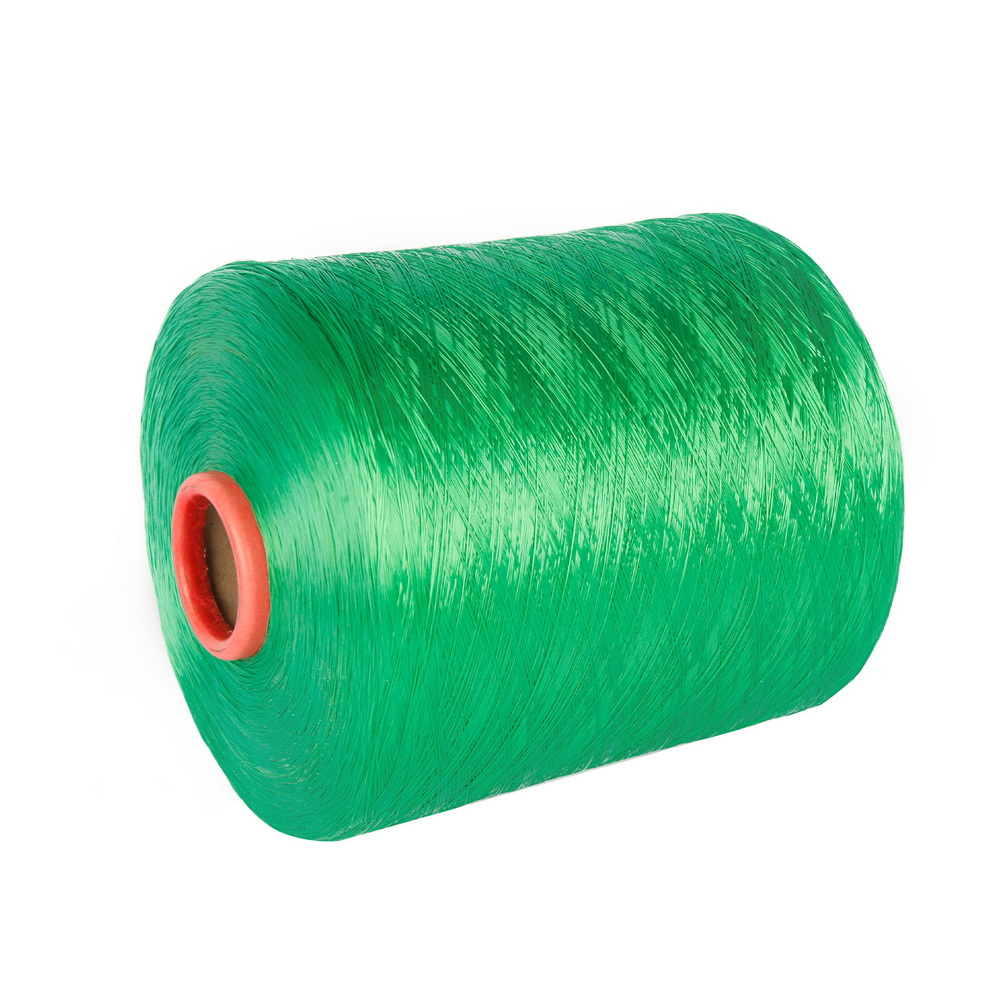The twist of polypropylene twisted yarn can endow the thread with physical functions such as certain strength, elasticity, elongation, luster, and hand feel. It is expressed by the number of twists per unit length (i.e., twists per inch (T.P.I) or twists per meter (T.P.M)). The essence of yarn twisting lies in creating relative angular displacement between cross-sections of cotton yarn, causing originally straight parallel fibers to tilt relative to the yarn axis, thereby altering the yarn structure. During the twisting process, thick strands gradually contract in width, with both sides progressively folding and rolling into the yarn center, forming a twisting triangle. Within this twisting triangle, the width and cross-section of the cotton sliver transform from flat ribbon-like shapes into cylindrical polypropylene twisted yarn.

View More(Total0)Comment Lists